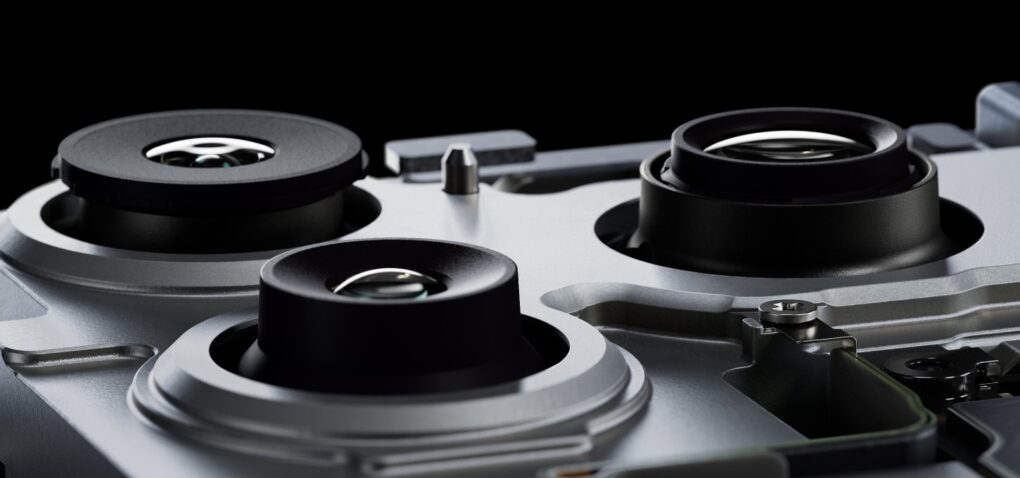Is your iPhone photography hindered by low light and a lack of control over depth of field? Well, good news confirmed: Apple plans to equip its iPhone 18 Pro lineup with variable-aperture camera technology. That marks the first time the tech giant implements the feature in any iPhone, according to a supply-chain report Wednesday that appears to prove earlier predictions right.
The technology should debut in the iPhone 18 Pro and iPhone 18 Pro Max models, slated for release in fall 2026.
Variable aperture camera coming to iPhone 18 Pro models in 2026
The new variable-aperature camera will appear in iPhone 18 Pro models, ETNews reported. That confirms earlier predictions, including a December 2024 statement from analyst Ming-Chi Kuo specific to iPhone Series 18.
A variable aperture system allows the camera to dynamically adjust the amount of light reaching the sensor by opening or closing the aperture. In low-light conditions, the aperture can open wider to capture more light. And in bright environments, it can narrow to prevent overexposure.
The technology also gives photographers greater control over depth of field, enabling effects you can get with DSLR cameras. That enables things like creating a sharp subject against a blurred background (without help from software).
Implementation details
According to industry sources, Apple finalized its installation plans and now works with suppliers to commercialize the necessary components and modules. The variable aperture will be integrated into the main wide-angle camera of the Pro models. It will sit alongside the existing ultra-wide and telephoto cameras in the three-camera system.
LG Innotek and Foxconn will make the main camera module with variable aperture capability. Chinese manufacturers Luxshare ICT and Sunny Optical will provide the actuator. That’s a critical component that controls the aperture mechanism. Apple added Sunny Optical to its supply chain last year.
Strategic significance
Apple’s decision to adopt variable aperture technology is seen as a strategic move to differentiate its camera performance in an increasingly saturated smartphone market.
Currently, iPhone Pro models from the iPhone 14 through iPhone 17 generations feature fixed apertures of ƒ/1.78, with the lens always fully open at this setting.
Industry context
Samsung Electronics previously implemented variable aperture cameras in its Galaxy S9 and Galaxy S10 models in 2018 and 2019. But it discontinued the feature in 2020 due to concerns about increased camera thickness and higher manufacturing costs. Instead, Samsung shifted to software-based solutions for depth-of-field effects.
Industry observers suggest Apple’s adoption of variable=aperture technology could reignite competition in smartphone camera innovation. It could encourage other manufacturers to revisit this feature. As one industry insider noted, the smartphone camera pixel race has reached technological saturation — and variable aperture could open a new competitive arena for differentiated features.


